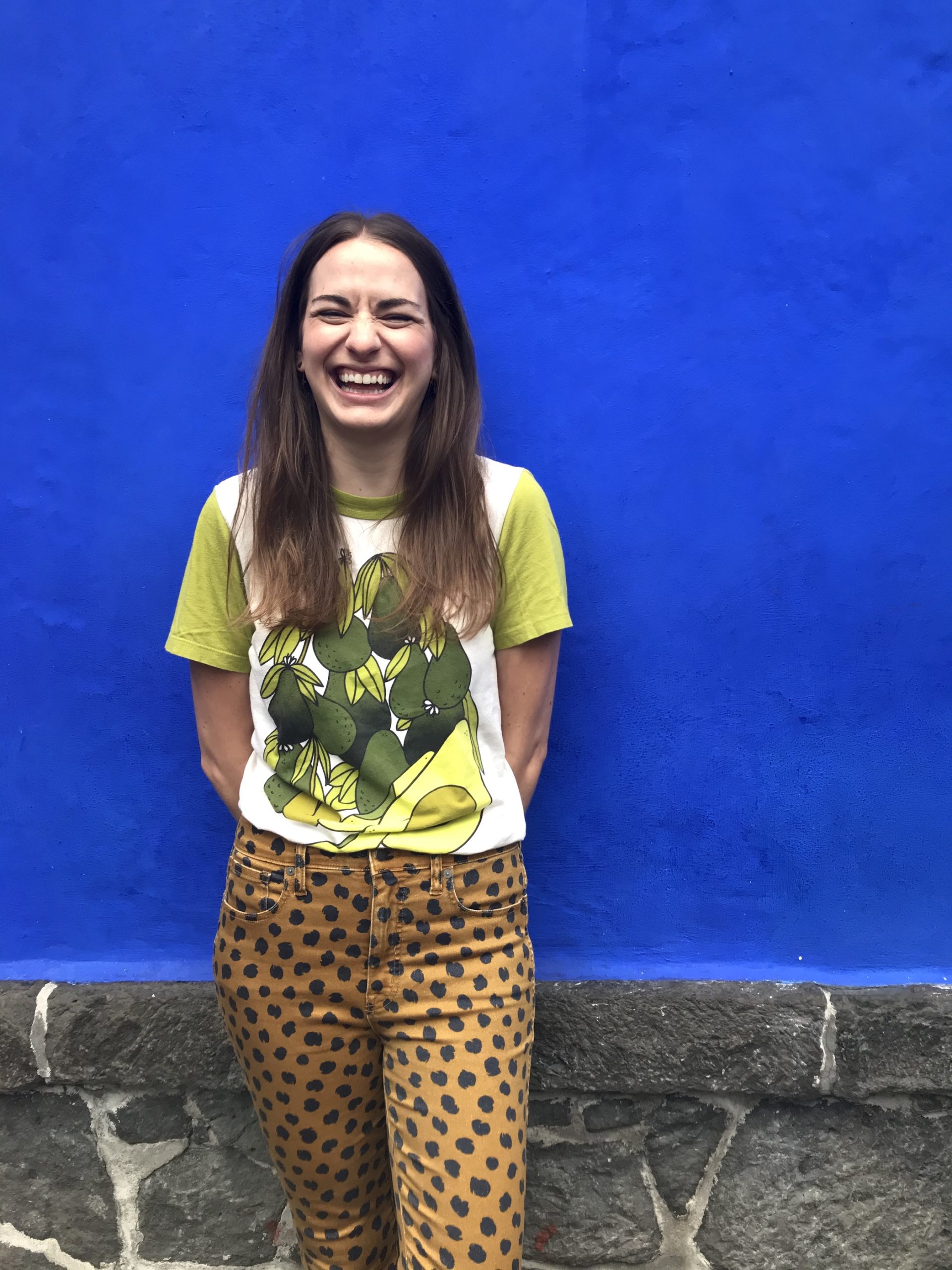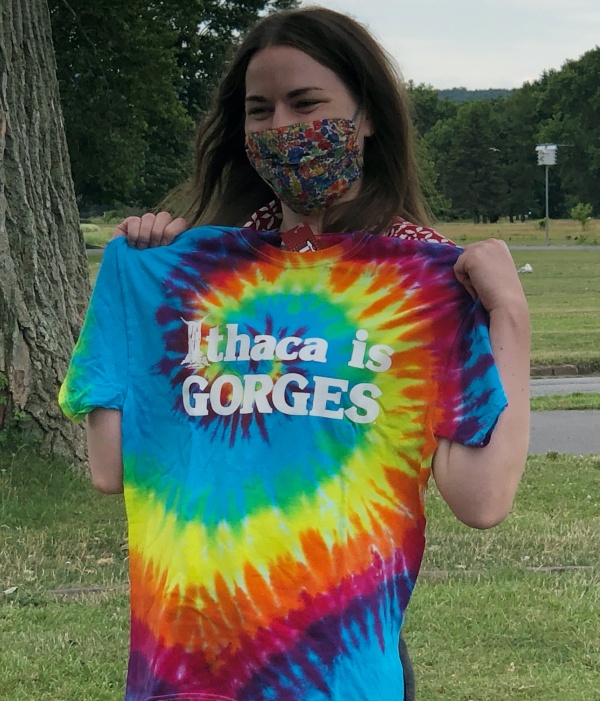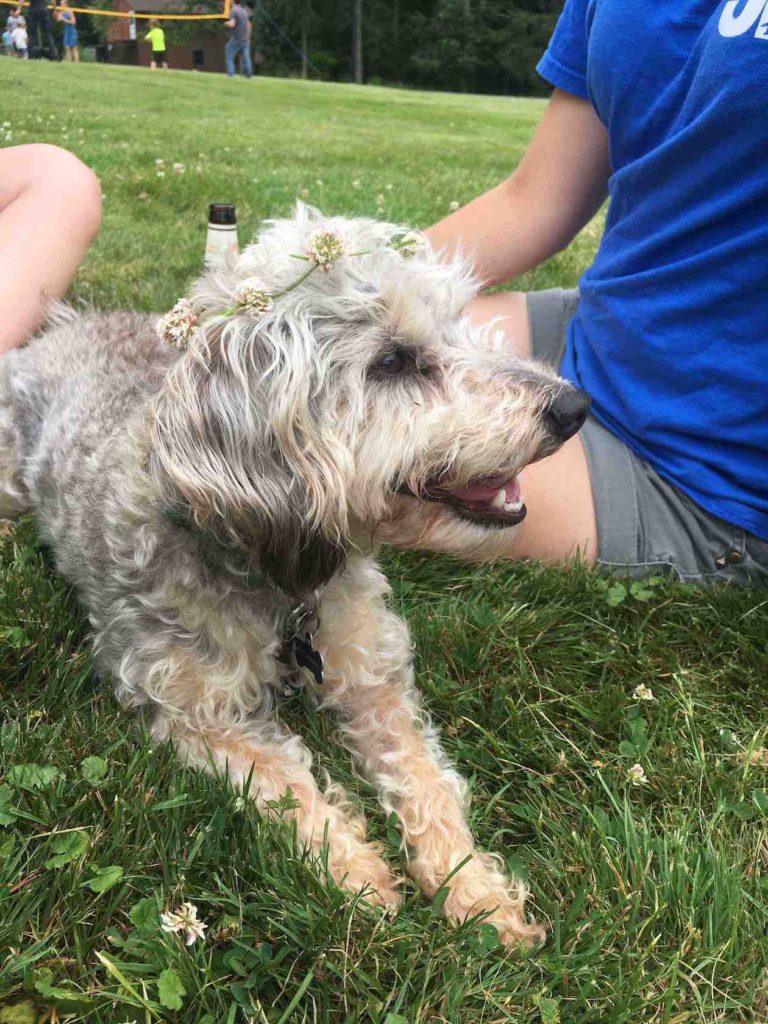Brynn Lawrence
I grew up in Arkansas and remained there for my undergraduate education in Spanish and Biology at Ouachita Baptist University and my graduate education in Cell and Molecular Biology at the University of Arkansas. After completing my master’s degree, I moved to Ithaca in the summer of 2016 and joined the Parrish lab as a technician soon after. I’m not a fan of Ithaca’s long and brutal winters, but the beautiful summers spent hiking the gorges and swimming in the lakes and waterfalls almost make up for it. I am thankful for the many techniques I have learned during my time in the lab, the kind and interesting people I have had the chance to work with, and the time it has allowed me to pursue my hobbies, including reading, baking, throwing parties, traveling, and spending time outdoors with my dog Boogie.
I started out in the lab by taking over the production of recombinant viral HE glycoproteins that specifically bind to modified forms of sialic acid, which are present on the outside of cells and in mucus and serve as primary receptors for many viruses. Lab members and collaborators across many projects have used these proteins as probes in a variety of applications to survey the presence of different sialic acids in multiple hosts and tissue types. In one of my other main projects, I used the probes and commercial lectins MAA and SNA to visualize modified sialic acids in 15 different tissues in WT and CMAH KO mice, which were simultaneously being used in an influenza passage experiment led by Brian Wasik. More recently, I have been using CRISPR and stable transfection techniques to create novel cell lines for use in a variety of projects. I have created several cell lines with altered sialic acid profiles as well as a set of both human and canine cell lines with increased or decreased polymerase delta fidelity. We are now planning a number of experiments to passage virus in the altered fidelity cell lines followed by deep sequencing in order to explore the effect of polymerase fidelity on the evolution of canine parvovirus and other viruses.


